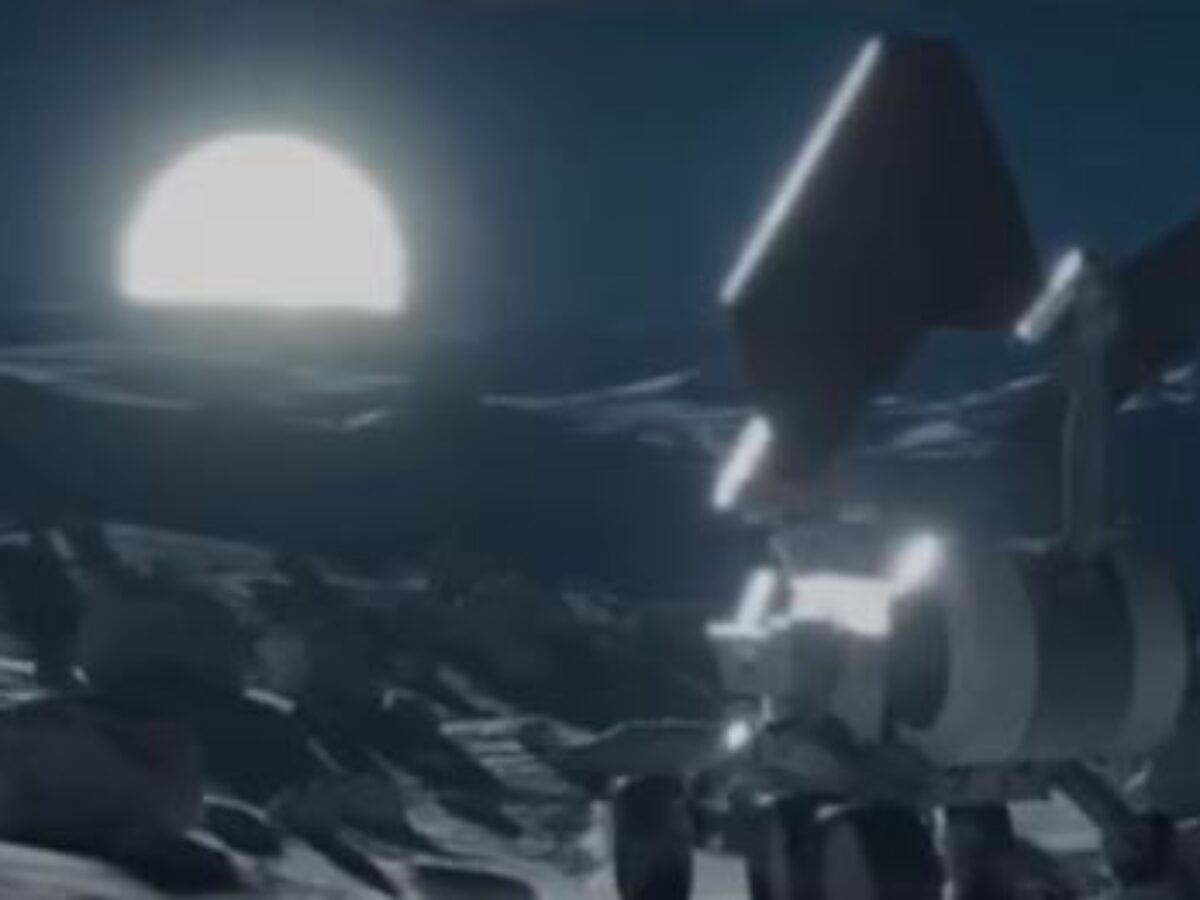Australia to develop small Moon rover – video

The Australian Space Agency and NASA have agreed that a consortium of Australian businesses and researchers will build a small rover that could be taken to the Moon and operate on the lunar surface within five years.
The agreement signed under NASA’s Artemis program will further support human and robotic lunar operations for both countries.
A consortium of Australian businesses and research organizations will be formed to develop a small rover that would have the ability to pick up and transfer lunar regolith – broken rock and dust – to a NASA-operated in-situ resource utilisation (ISRU) system on a commercial lunar lander.
Head of the Australian Space Agency Enrico Palermo said: “Australia is at the cutting-edge of robotics technology and systems for remote operations, which are going to be central to setting up a sustainable presence on the Moon and eventually supporting human exploration of Mars.
“This agreement will leverage our expertise in remote operations to grow our space sector here at home, while developments that come from preparing for space will make sure our resources sector keeps powering ahead too.”
According to Nasa, an Australian rover could fly to the Moon as early as 2026.
NASA Administrator Bill Nelson said: “This agreement will serve to strengthen the longtime relationship between the United States and Australia in areas related to space exploration – a relationship that goes back more than half a century to the days of the Apollo program.
“By working together with the Australian Space Agency and our partners around the world, NASA will uncover more discoveries and accomplish more research through the Artemis program.”
The agreement will be supported under the federal government’s $150 million Moon to Mars initiative, in which Australia is focused on field robotic systems and sensing, resource technologies, and planetary science activities.
For NASA, the Australian rover provides a complementary capability.
While the lander that delivers the rover will include a mechanism for collecting lunar soil and depositing it into NASA’s ISRU system, the rover offers a second means of collection and increases the overall chances of a successful demonstration.
Installed on the lander, NASA’s ISRU demonstration will attempt to extract oxygen from lunar regolith.
The soil contains oxygen in the form of chemical compounds with elements like iron and silicon. The small-scale technology demonstration will aid in the design of larger, more capable units in the future. Such units could enable astronauts to use resources on the Moon to create rocket fuel and other mission consumables.
Australia, we’re going to the Moon. 🌙
We’ve reached an agreement with @NASA for an Australian-made rover to be part of a future mission, harnessing our skills and expertise in the resources sector. pic.twitter.com/uoJLis2YPr
— Australian Space Agency (@AusSpaceAgency) October 12, 2021
Picture: Australian Space Agency
Subscribe to our free @AuManufacturing newsletter here.
Topics Manufacturing News Technology Videos
@aumanufacturing Sections
Analysis and Commentary Awards Defence Manufacturing News Podcast Technology Videos






